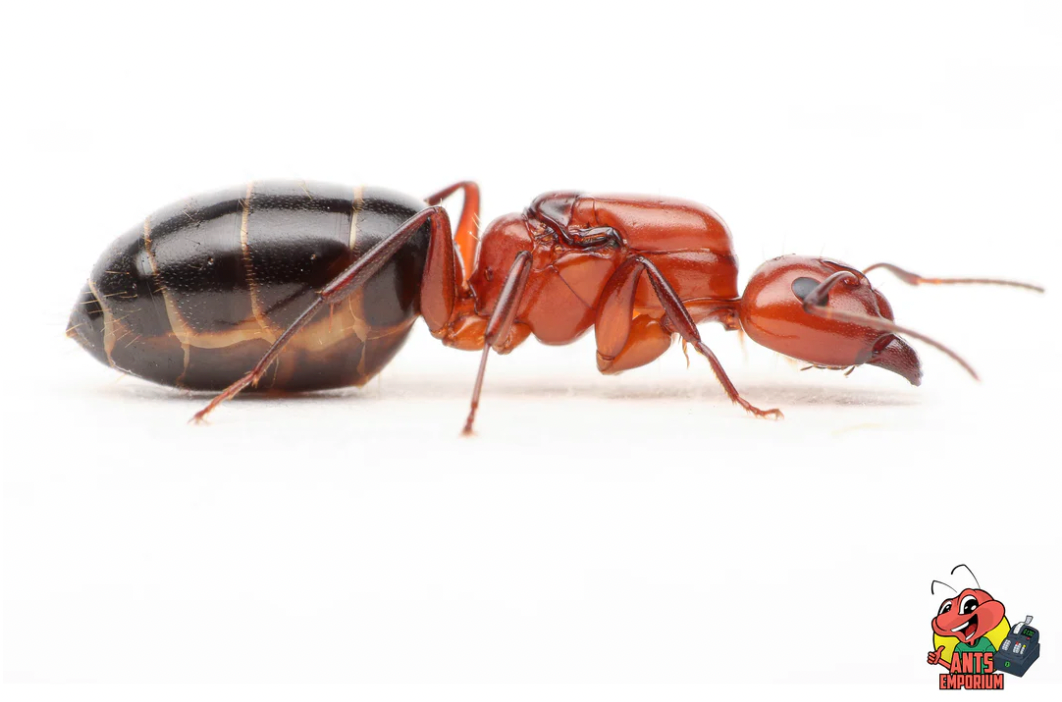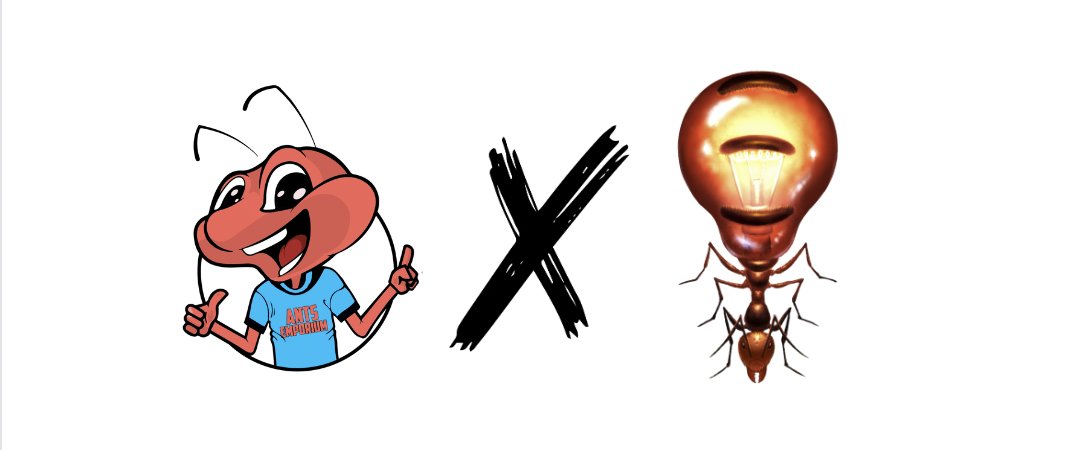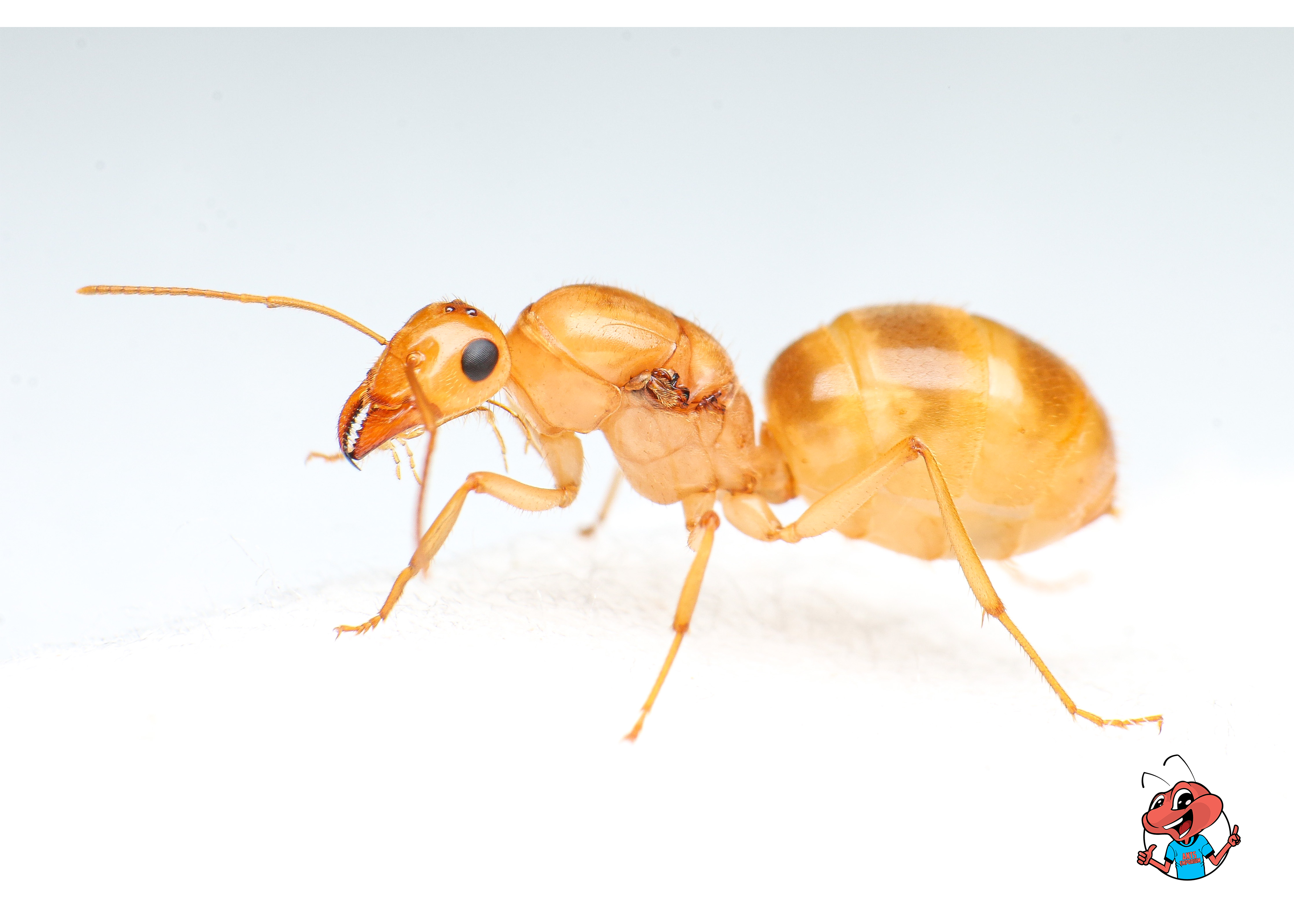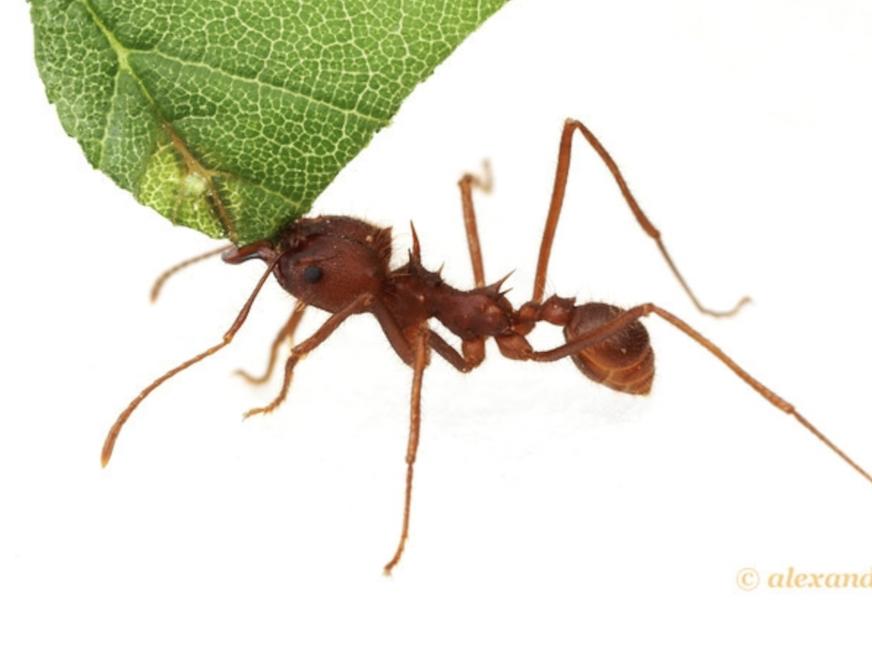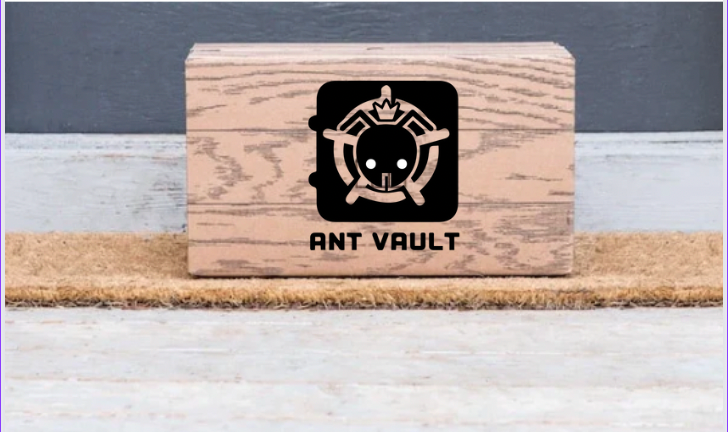Camponotus CA02 Care Guide
Camponotus CA02, also known as the "giant california carpenter ant," is the largest ant species found in the United States. These ants are fascinating creatures to observe and can be kept as pets with the right care. Here is a detailed care guide on how beginners can take care of Camponotus CA02, along with some tips that can help ant-keepers:
-
Housing: The first thing you need to consider is the housing for your ants. Carpenter ants require a larger space compared to other ant species. You can choose to purchase a pre-made formicarium or build one yourself using materials like glass, acrylic, or wood. Make sure the formicarium is large enough to accommodate your ants, has good ventilation, and can be easily maintained.
-
Substrate: Carpenter ants like to nest in moist wood or soil, so it's important to provide them with a suitable substrate in their formicarium. A combination of coconut coir and sand works well as a substrate. The substrate should be moist, but not too wet, to prevent mold growth.
-
Food: Camponotus CA02 is an omnivorous species, which means they eat both plant and animal-based food. They require a varied diet that includes proteins, carbohydrates, and fats. A good diet for your ants can include insects, fruits, vegetables, and honey. You can also provide them with sugar water and protein sources like mealworms and crickets.
-
Temperature and humidity: Carpenter ants require a temperature range of 75-80°F (24-27°C) and a humidity range of 50-70%. To maintain the temperature, you can use a heat mat or a lamp. Humidity can be maintained by misting the formicarium with water daily or by using a humidifier.
-
Colony size: Camponotus CA02 can have a large colony size of up to 10,000 workers, so it's important to provide them with enough space to expand. You can also add additional nesting sites to encourage colony growth.
-
Handling: Carpenter ants can bite, so it's best to avoid handling them. If you need to move them to a new formicarium or perform maintenance, you can use a soft-bristled paintbrush to gently guide them.
-
Tips: Here are some additional tips that can help you take care of your Camponotus CA02:
- Regularly clean the formicarium to prevent mold growth and remove any debris or dead ants.
- Observe your ants regularly to check for any signs of stress, illness, or infestation.
- Keep the formicarium away from direct sunlight and drafts.
- Provide your ants with a nesting area that is partially shaded to simulate their natural environment.
In conclusion, Camponotus CA02 can be a great ant species to keep as a pet with proper care and attention. By providing them with a suitable environment, a varied diet, and regular observation, you can enjoy watching your ants thrive and grow their colony.
